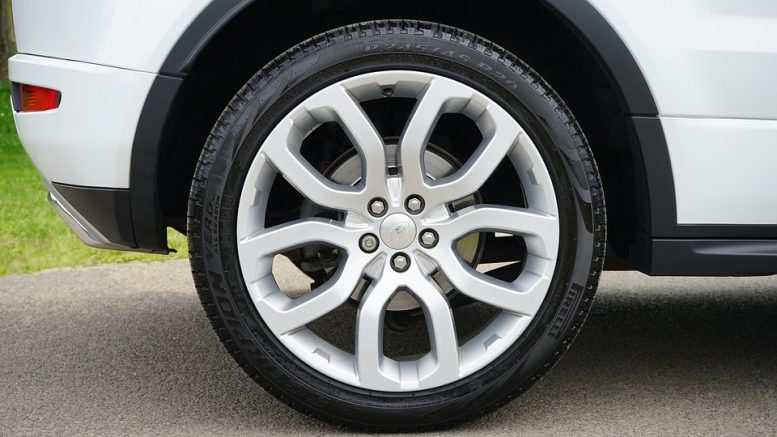Many drivers, especially inexperienced ones, find the idea of driving on the highway overwhelming. However, if you keep the following guidelines in mind, you’ll have a safe and pleasant highway experience.
Always be aware of your surroundings.
From entering to exiting the highway, you should always keep track of what’s around your vehicle. Check all your mirrors, but don’t rely solely on them. You should also glance at your blind spots. Also be aware of vehicles and obstacles in front of you, so that you can anticipate whether to speed up or slow down. Try to avoid driving behind trucks and other large vehicles, as they can obstruct your view of the road ahead.
Take note of the following when entering the highway:
Check your surroundings by using your mirrors and glancing at your blind spots so that you can safely merge. Make sure you’re not too close to the vehicles on the ramp before you. Use the appropriate turn signal as you enter the highway. Don’t drive too quickly on the entrance ramp, but make sure that your speed matches the rest of the vehicles on the freeway once you’ve merged. Turn off your signal once you’re on the highway.
Maintain a constant speed on the highway.
Don’t drive above the speed limit, but don’t drive too slowly either. Keep your speed steady. Avoid tailgating other vehicles on the freeway, keeping about a 3 second distance from the vehicle before you.
Be cautious when exiting the highway.
Once your exit is nearby, signal before you move into the exit lane. Again, check all your mirrors and glance at your surroundings, especially your blind spot. Smoothly enter the exit lane. Once you are completely in the exit lane, gradually slow down. Turn off your signal. Hopefully, you’ve arrived safely. Have an enjoyable trip.

Be the first to comment on "Guide to Driving on Canada’s Highways"